✓ Joining us on our Whatsapp Channel: 💬 Explore and Escape!.
Booking through us:
✓ 🏩 🛌 Handpicked Luxury Stays in Budget: Booking.com | Agoda.com
✓ 🍹⛱️ Deals on Private xfers, SIM Cards, City tours, Day trips : 📍🗺️ GetYourGuide | 🛵🧳 Klook
There are an array of things to do in Japan, with Shimabara sharing quite a few of those!
Like a hidden treasure chest, the city of Shimabara eagerly awaits to be discovered by adventurous souls seeking new experiences.
From soaking in the therapeutic hot springs to hiking the rugged mountains, Shimabara is a bouquet of captivating delights waiting to be picked.
Without further ado listed below are some of the most fun things to do in Shimabara:
1. Shimabara Castle
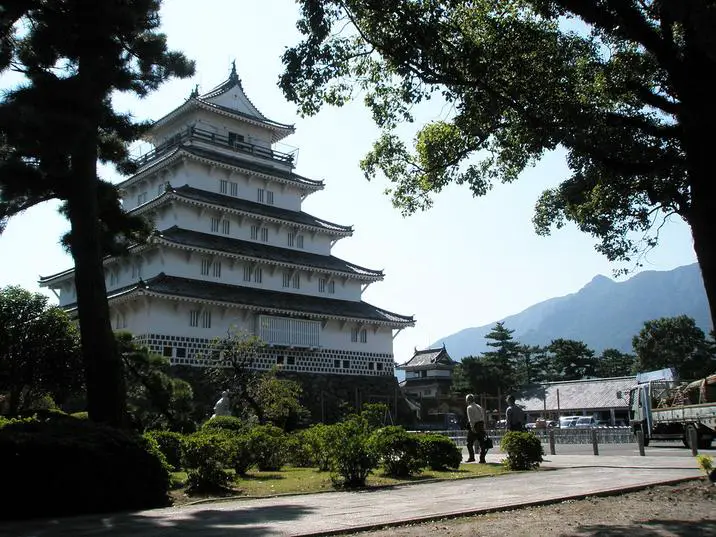
Shimabara Castle is a historic Japanese castle located in Nagasaki Prefecture.
What to see or do: Visitors can explore the castle’s various structures and gardens, including the main keep, watchtowers, and garrison ruins. The castle also offers stunning views of the surrounding mountains and nearby Shimabara Bay.
Don’t miss: Be sure to check out the castle’s museum, which features exhibits on the castle’s history and the Shimabara Rebellion.
Insider travel tips: The best time to visit Shimabara Castle is during the spring cherry blossom season or in the fall when the leaves change color.
Visitors should also consider taking a guided tour to learn more about the castle’s history and significance.
2. Mount Unzen Disaster Memorial Hall

Mount Unzen Disaster Memorial Hall is a museum dedicated to the largest volcanic disaster of the 20th century that occurred in 1991 at Mount Unzen in Nagasaki.
What to see or do: The Mount Unzen Disaster Memorial Hall showcases the disastrous events that occurred during the volcanic eruption, photographs, and preserved materials.
The exhibition consists of the eruption process, geological and ecological changes after the eruption, and disaster mitigation activities by the government.
Visitors can learn about the disaster through various items such as everyday items destroyed by volcanic ash, videos that record the situation at that time, and models of volcanic craters.
Don’t miss: Don’t miss visiting the hall’s observatory deck located on the third floor, which offers views of the Unzen Jigoku (Unzen Hell Hot Springs), Shimabara Bay, and the city of Shimabara.
Insider travel tips: Before entering the museum, visitors will be given a small guidebook to explain the exhibits in multiple languages. It’s recommended to read through it before starting the tour.
Additionally, It’s good to avoid peak tour times if possible to avoid large crowds. The museum is closed on Wednesdays, and parking is available for a fee.
3. Sensui-jima
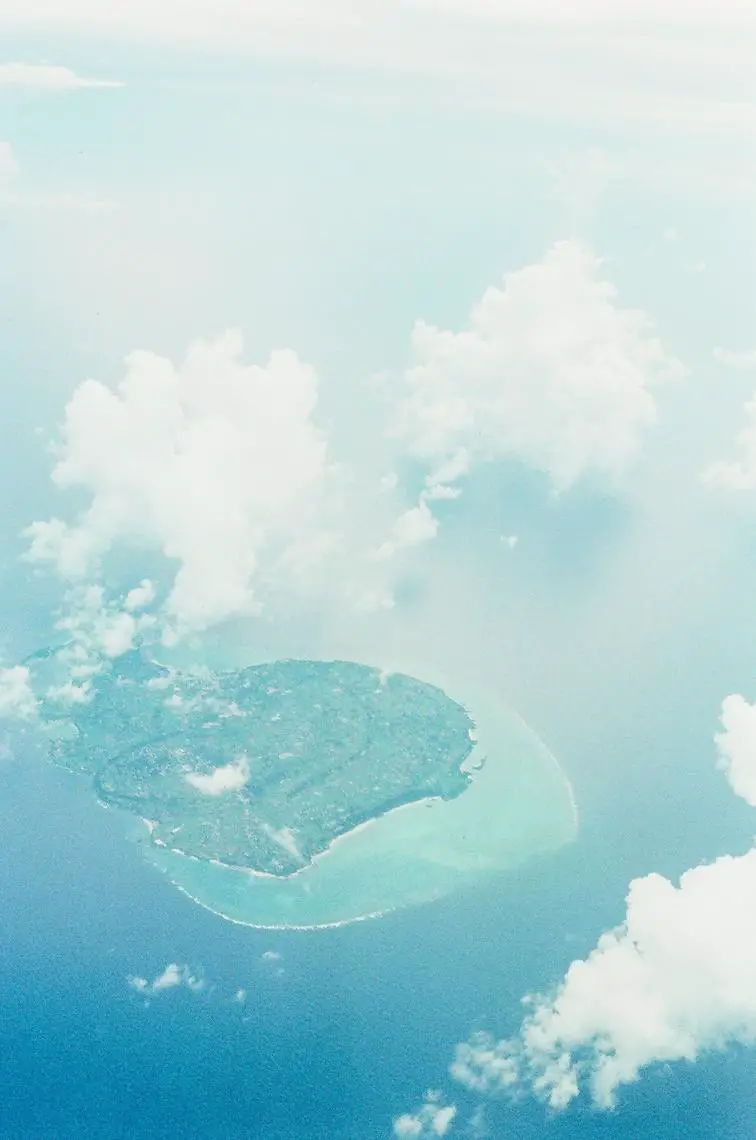
Sensui-jima is a stunning island located in the Ariake Sea, off the coast of Shimabara in Nagasaki Prefecture, Japan.
What to see or do: Visitors can admire the island’s beautiful volcanic landscape, which includes rugged cliffs, pristine beaches, and hot springs that bubble out of the ocean floor.
The island is also home to a variety of flora and fauna, making it a great spot for nature enthusiasts to explore.
Hiking, swimming, fishing, and diving are popular activities on Sensui-jima.
Don’t miss: The island is famous for its hot springs, so make sure to take a dip in one of the many natural pools that are scattered along the coastline.
The Yudomari Hot Spring is particularly popular with visitors.
Insider travel tips: The island is only accessible by boat, and there are limited services available on the island itself, so visitors should bring everything they need for their trip.
It’s also important to note that there are no restaurants or stores on the island, so be prepared to bring your own food and supplies.
4. Shimabara Church
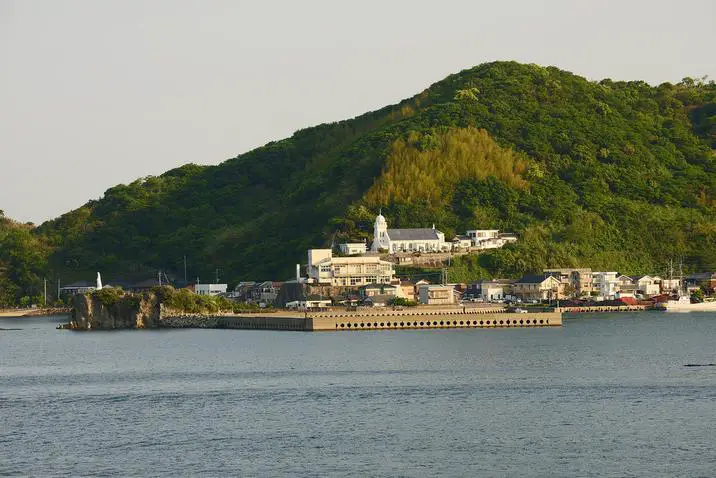
A historical Catholic church located in Shimabara City, Nagasaki Prefecture, Japan.
What to see or do: The Shimabara Church is a designated National Treasure of Japan and one of the oldest Christian churches in Japan. Visitors can admire the beautiful architecture and artwork including the intricate stained glass windows and impressive ceiling paintings.
Don’t miss: The statue of Madonna and Child, which is said to be the oldest wooden statue of the Virgin Mary in Japan.
It is believed to have been brought to Japan by Portuguese missionaries in the 16th century.
Insider travel tips: Visitors can also enjoy the nearby Shimabara Castle and hot springs after visiting the church. It’s best to visit in the morning as the church can get crowded in the afternoon.
5. Shimabara Onsen
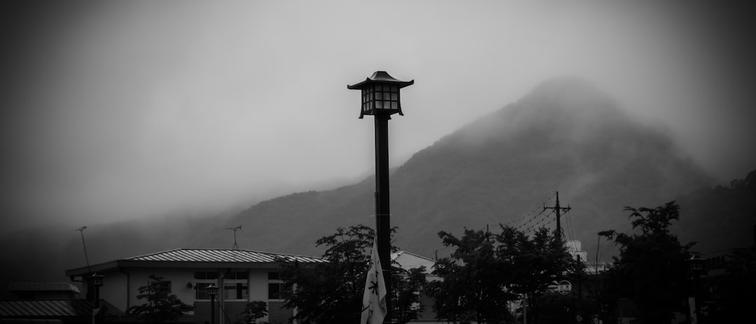
Shimabara Onsen is a hot springs town located in Nagasaki Prefecture, Japan.
What to see or do: – Soak in the rejuvenating hot springs.
Don’t miss: – Trying the local specialty dish, Shimabara nanban-zuke, which is fried fish soaked in vinegar sauce.
Insider travel tips: – If you want a more private hot springs experience, consider staying at a ryokan (traditional Japanese inn) that offers in-room baths.
6. Seiwa-en
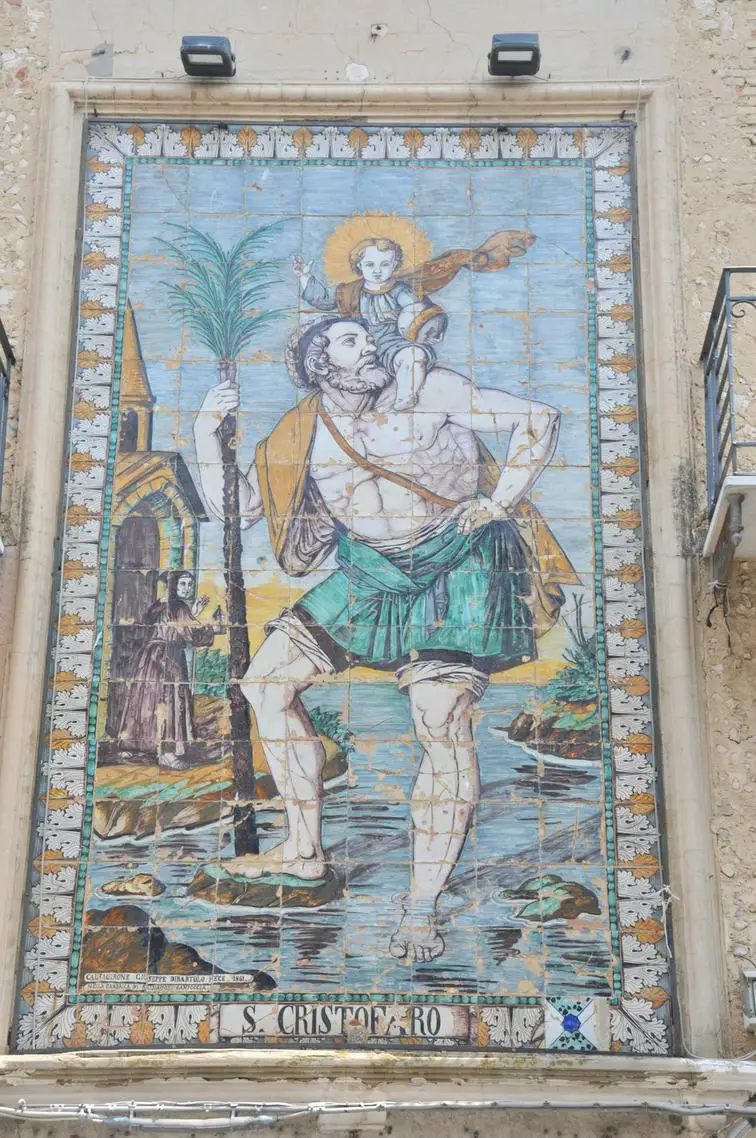
Seiwa-en is a serene Japanese-style garden located in Shimabara, Osaka.
What to see or do: Take a stroll and marvel at the pond filled with colorful koi fishes, numerous stone bridges and lanterns, and a variety of flora and fauna.
Don’t miss: Visit the Suikinkutsu, a traditional Japanese water instrument that produces beautiful, calming sounds. Also, check out the intricate details of the Tsutenkyo Bridge, the longest bridge in the garden.
Insider travel tips: Visit Seiwa-en during cherry blossom season for a truly magical experience. Take advantage of the free guided tours available to learn more about the history and design of the garden.
If you’re a photography enthusiast, arrive early in the morning to capture the garden in its best light and with fewer crowds.
7. Aino Observatory
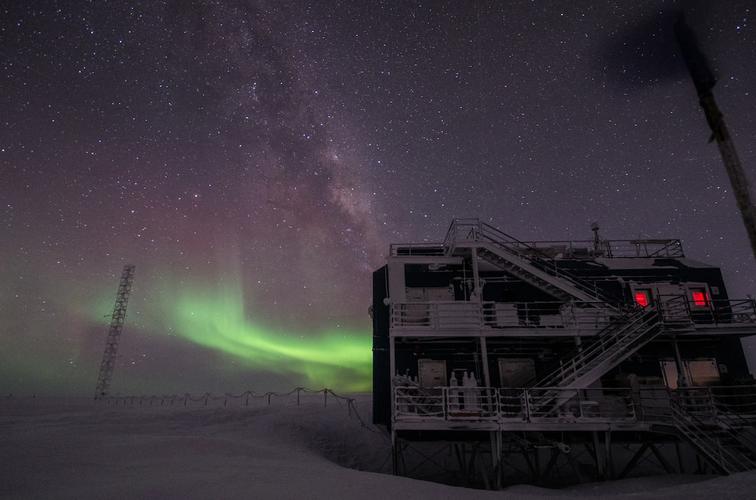
Aino Observatory is a scenic viewpoint located in the city of Shimabara, Japan, which offers panoramic views of the surrounding landscape.
What to see or do: Visitors can enjoy breathtaking views of the Shimabara Peninsula and the sparkling Ariake Sea. The observatory also provides a great vantage point for watching the sunset.
Don’t miss: Take a stroll around the nearby Aino Park, which is known for its colorful seasonal flowers and serene atmosphere. Aino Observatory is also a great location for stargazing on clear nights.
Insider travel tips: Be sure to bring warm clothing, as the observatory can be chilly even in the summer months. If you’re visiting in the evening, consider bringing a flashlight or headlamp for the walk back to your car.
The observatory can be reached by car or bus, and parking is available on site.
8. Tsukumojima
Tsukumojima is a small island located in Nagasaki Prefecture, Japan.
What to see or do: Visitors can take the ferry from Shimabara to reach the island and explore its scenic beauty. The island is surrounded by crystal clear water and offers breathtaking views of Mount Unzen.
Take a stroll on the beach and admire the natural beauty of the place.
Don’t miss: Tsukumojima is famous for its fresh seafood.
Don’t miss out on trying their delicious fish and shellfish dishes, especially the local specialty, “Tsukumodai” (a type of sea bream).
Insider travel tips: The ferry ride to the island takes around 30 minutes. Check the ferry schedule beforehand as there are limited departures.
Visit during weekdays to avoid crowds.
9. Arima Museum

A small but impressive museum located in the scenic town of Arima, Shimabara.
What to see or do: The museum showcases the history, culture, and art of the Shimabara Peninsula. Visitors can see a range of exhibits, including pottery, paintings, and photographs.
Don’t miss: The museum’s collection of local pottery is particularly noteworthy, with pieces from famous kilns like Takatori, Karatsu, and Imari.
Insider travel tips: – The museum is located in a quiet residential area, so it’s best to take a taxi or drive there.
10. Shimabara Higashi High School Memorial Museum

A museum located in the city of Shimabara, Japan that celebrates the history of Shimabara Higashi High School, which was destroyed by a volcanic eruption in 1991.
What to see or do: Visitors can explore the exhibits that showcase the school’s history, including photographs, personal items and student artworks that were recovered from the ruins of the school after the volcanic eruption.
Don’t miss: One of the most popular exhibits is a preserved classroom that was reconstructed inside the museum, complete with student desks, blackboards and a teacher’s podium.
Insider travel tips: – The museum is free to enter but visitors are encouraged to make a small donation.
11. Shimabara City Museum
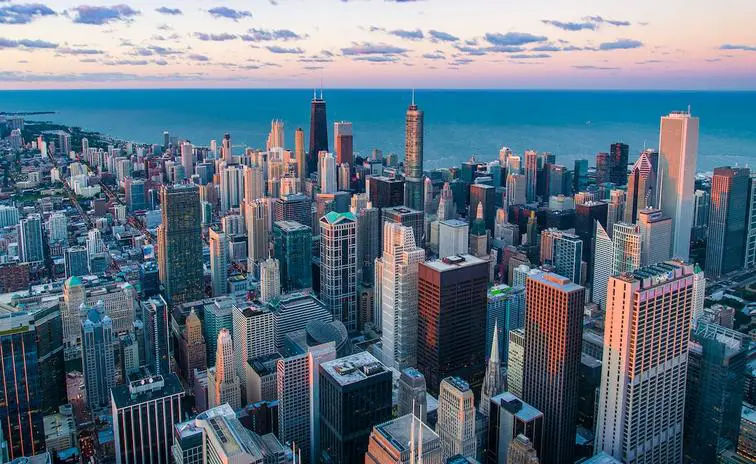
A museum located in Shimabara city showcasing the history and culture of the area.
What to see or do: Visitors can view various exhibits demonstrating the local geology, agriculture, and history of Shimabara city. There are also displays on the famous Shimabara Rebellion and the local castle ruins.
Don’t miss: The exhibit on the Shimabara Rebellion is a highlight, as it provides a detailed account of the conflict and its significance in Japanese history.
Insider travel tips: Make sure to check out the museum’s website before your visit, as they often have special exhibitions and events happening throughout the year.
Also, be sure to grab a pamphlet or audio guide for a more in-depth and informative experience.
12. Seikai National Park

Seikai National Park is a sprawling protected area that encompasses 27,336 hectares of land, encompassing the cities of Shimabara and Sasebo in Nagasaki prefecture.
What to see or do: Explore the stunning coastline dotted with sea stacks, cliffs and inlets. Take a dip in the Onsen hot springs and admire the breathtaking views from the various observation decks.
Don’t miss: The dramatic and mystical landscape of the Mount Unzen, one of the most active volcanoes in Japan. The Shimabara-castle, a historic hilltop fortress that offers panoramic views of the surrounding valleys.
Insider travel tips: Be sure to try the local delicacies, including the melt-in-your-mouth Shimabara wagyu beef and fresh seafood caught from the Ariake Sea.
In the summer, the park can get crowded so plan accordingly. Early mornings or weekdays are usually quieter.
13. Aitsuji Castle Ruins
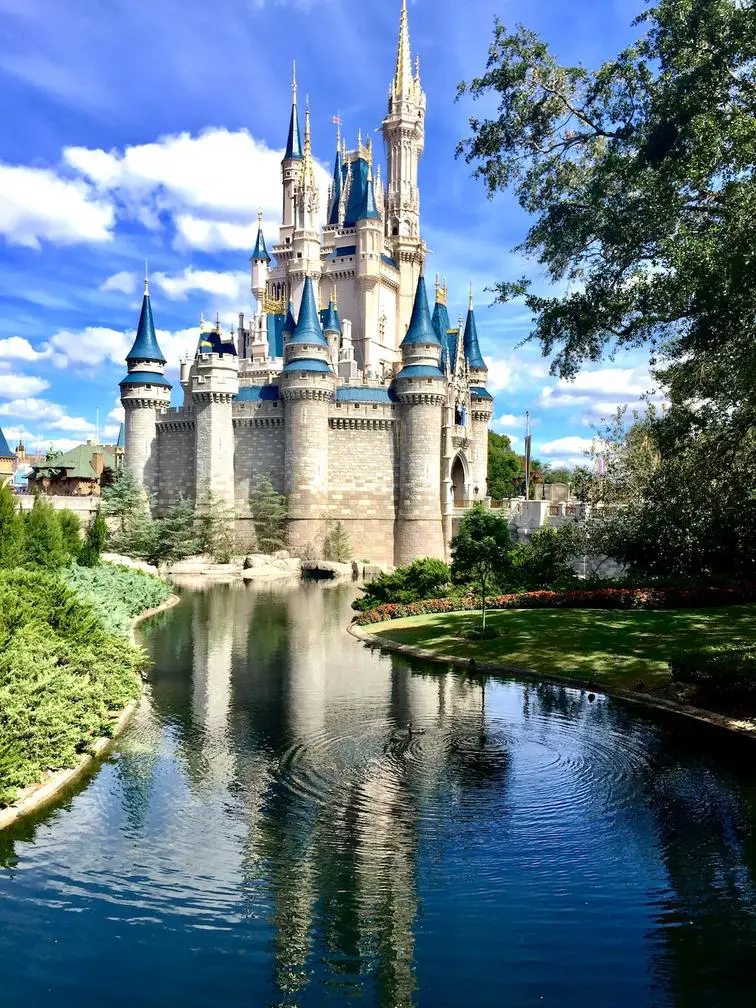
A historical castle ruin located in Shimabara, Nagasaki.
What to see or do: Explore the remaining structures of the castle, including the main keep and stone walls. Take in the scenic views of the surrounding area from the top of the hill.
Don’t miss: The preserved stone walls that were used as a defensive measure for the castle. The views of Mount Unzen from the top of the hill are also stunning.
Insider travel tips: Wear comfortable shoes as there is a bit of hiking involved to reach the top. Visit during the early morning or late afternoon for the best lighting conditions and smaller crowds.
A guided tour is recommended for a better understanding of the historical significance of the site.
14. Mitarai Valley
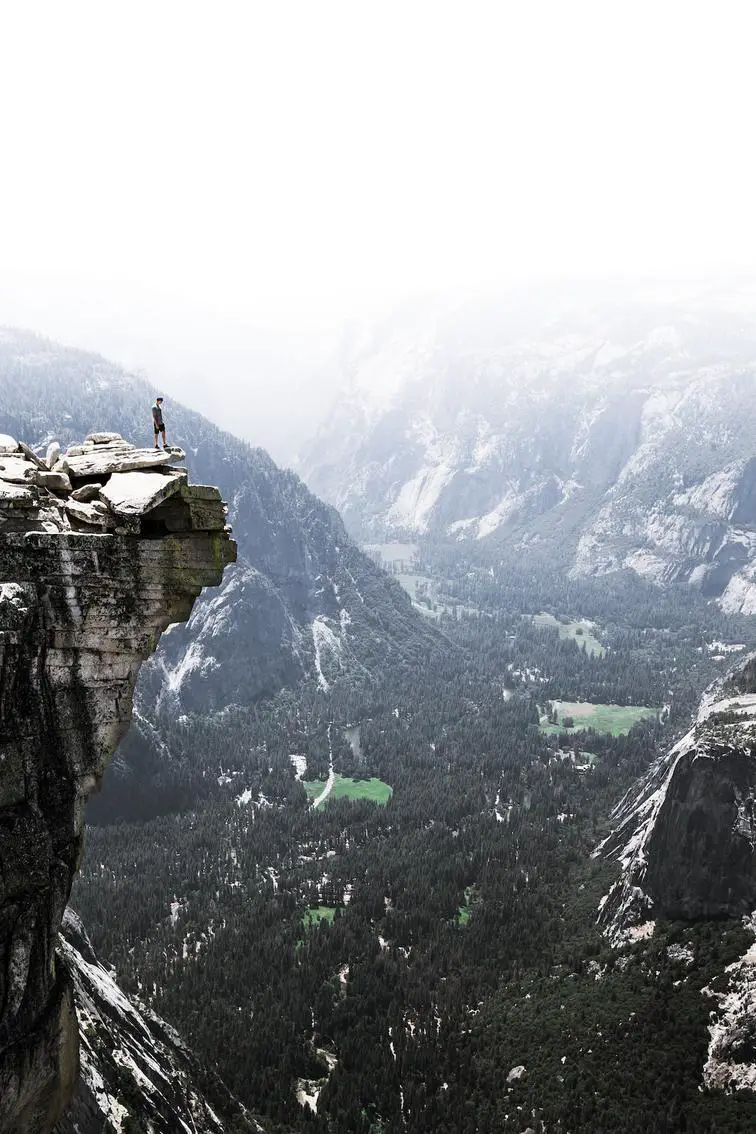
A scenic valley nestled in the mountains of Shimabara, Japan.
What to see or do: Take a leisurely stroll along the Mitarai River that runs through the valley, and enjoy the lovely views of the lush green forests and waterfalls.
Trekking and mountain biking are also popular activities here.
Don’t miss: The Mitarai Waterfall, a beautiful 20-meter cascade that can be reached via a short hike from the Mitarai Valley parking lot.
Also, keep an eye out for wild monkeys that can often be spotted in the area.
Insider travel tips: If you’re visiting in the autumn, the valley is a popular spot to take in the colorful fall foliage.
There are several small cafes and restaurants in the area, so stop by for a cup of coffee or a bite to eat.
Additionally, if you’re planning to take the trek to the waterfall, wear comfortable shoes and be prepared for the steep descent and climb back up.